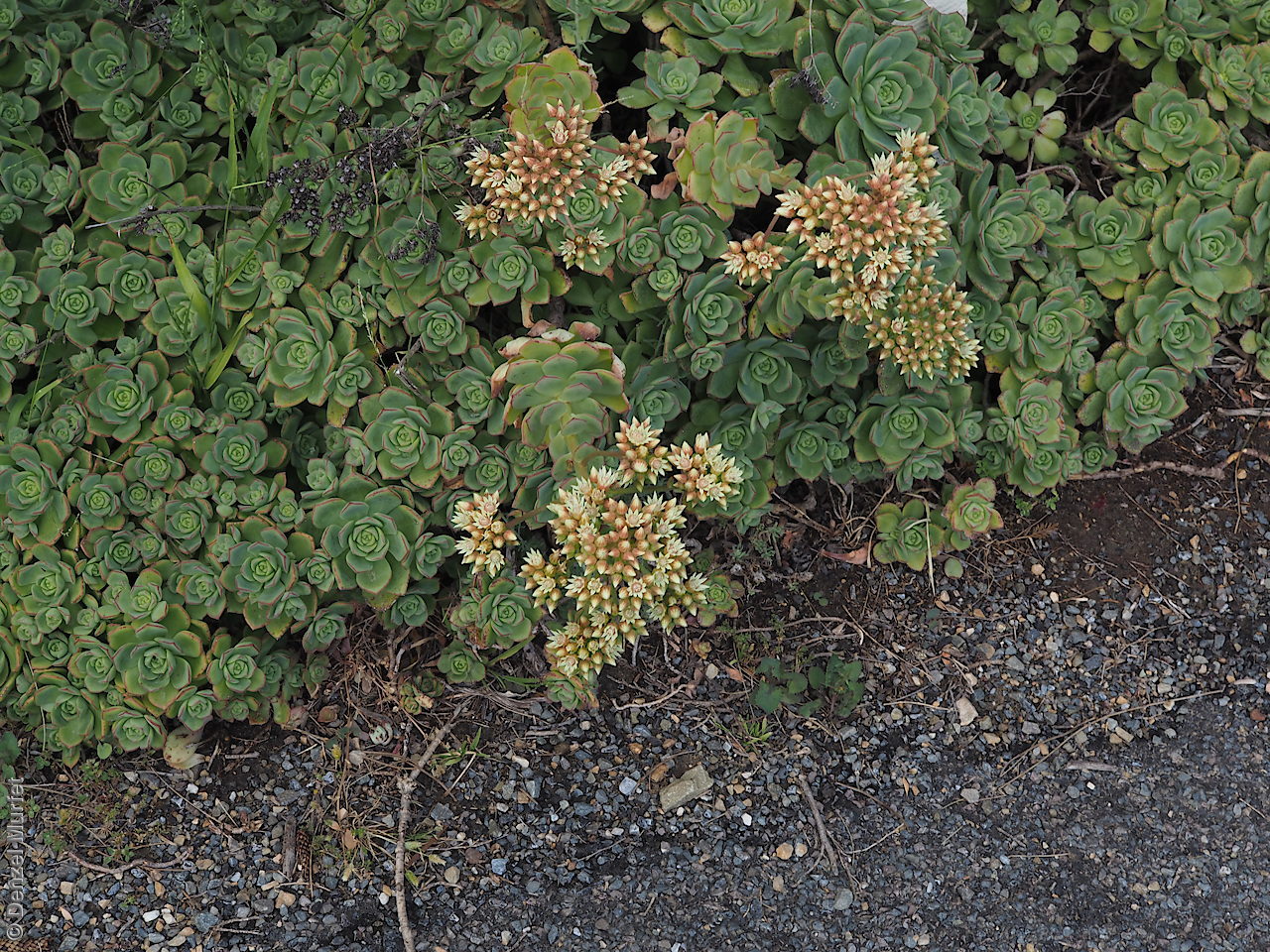
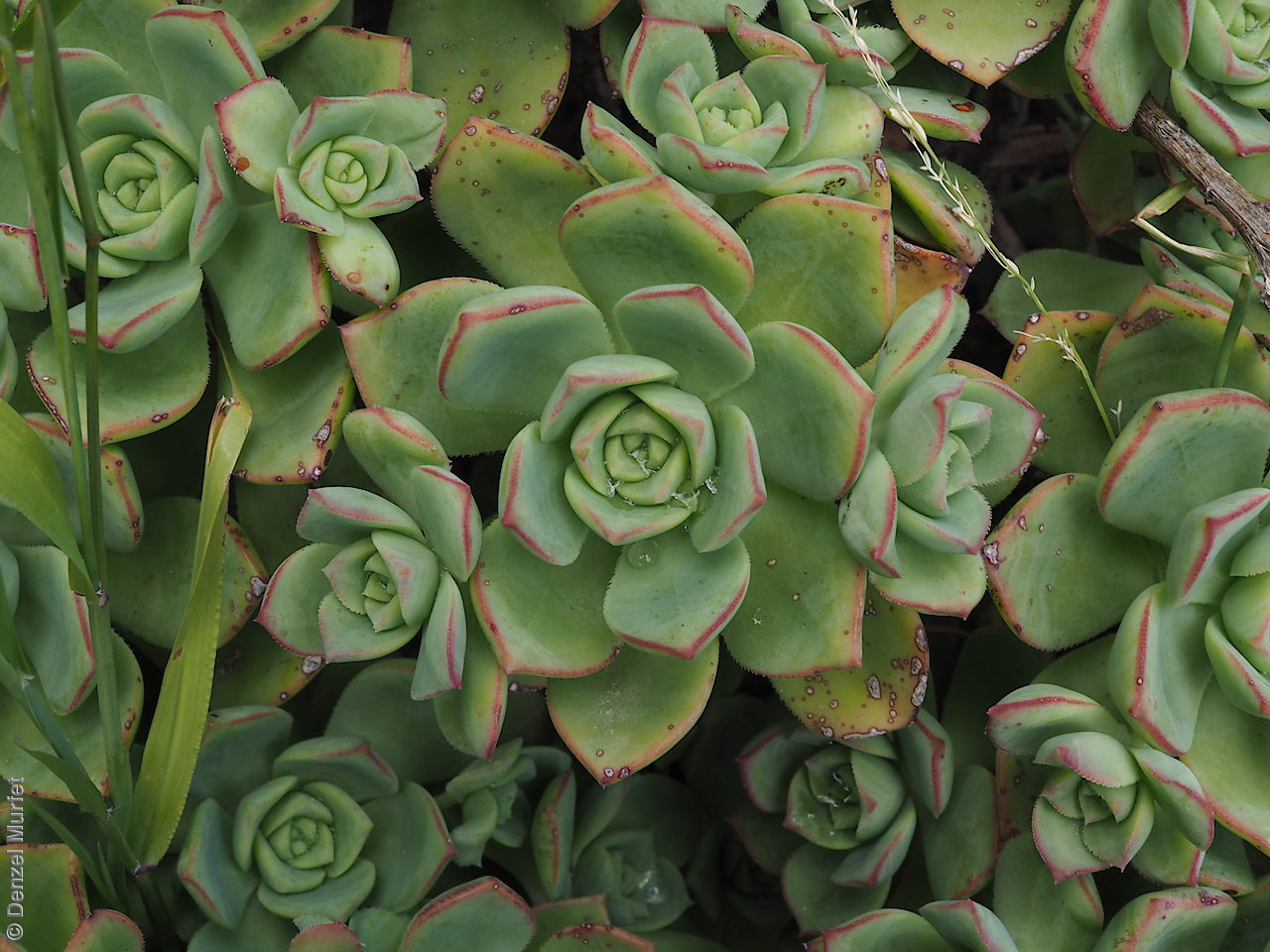
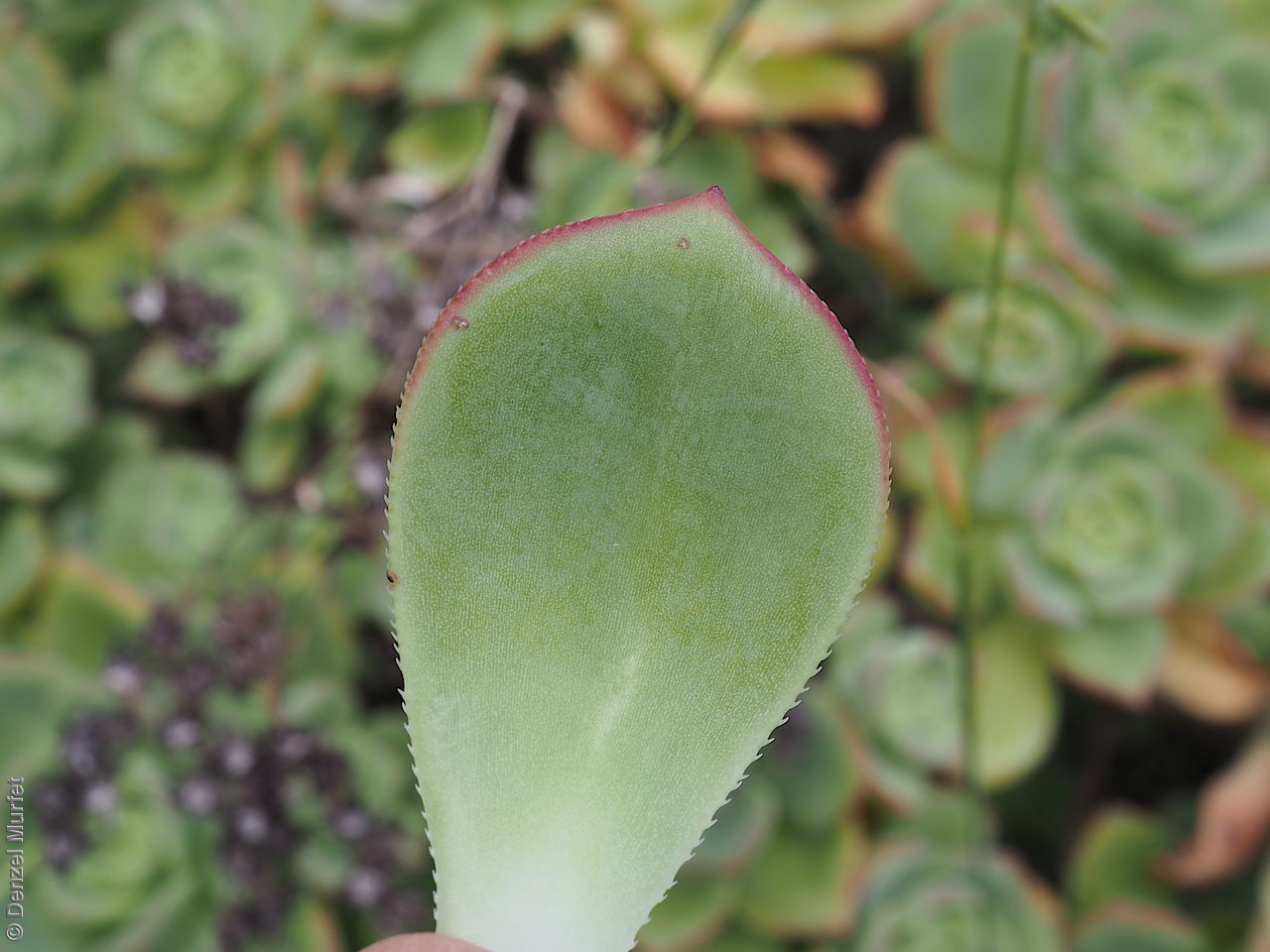
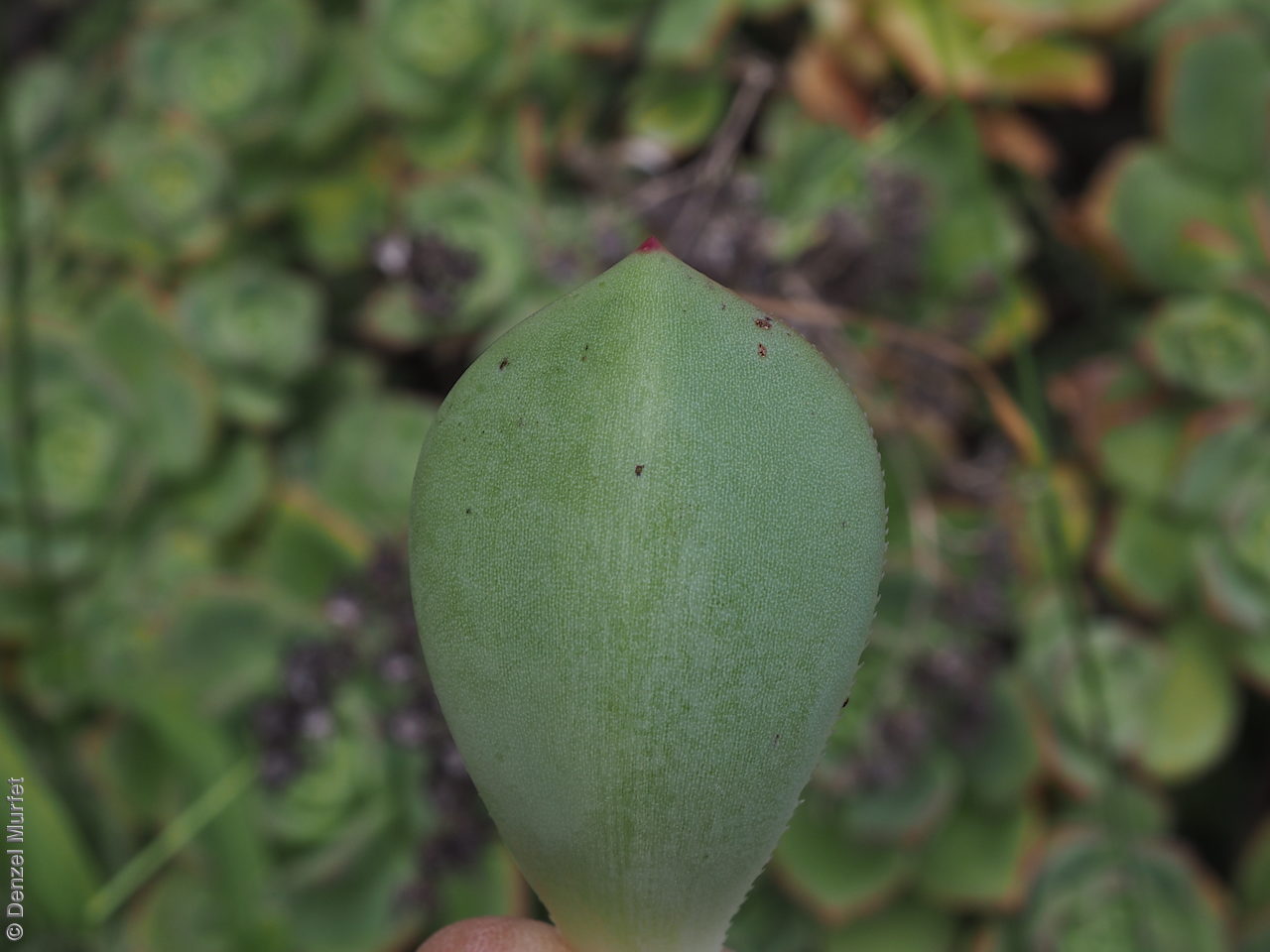
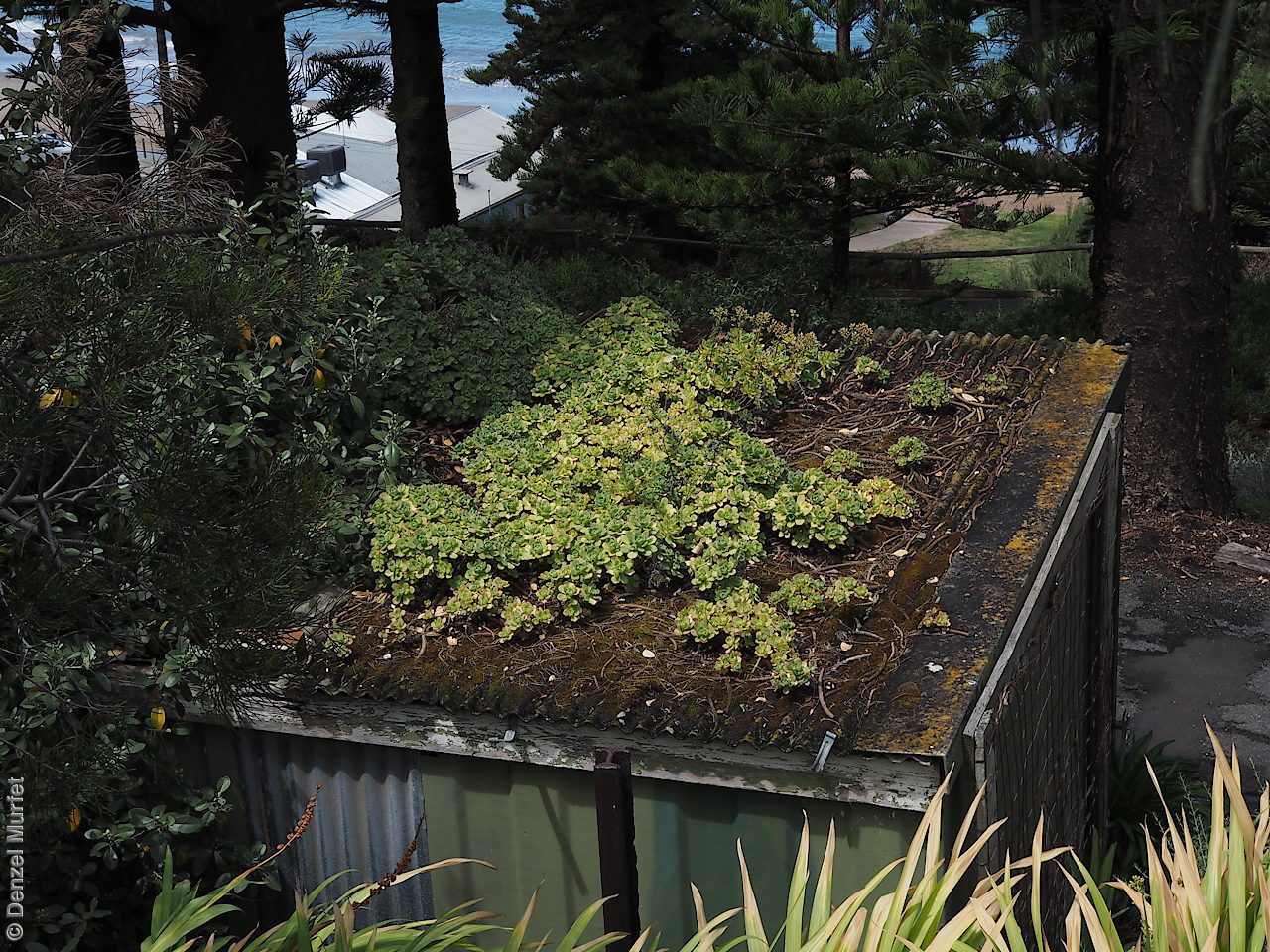
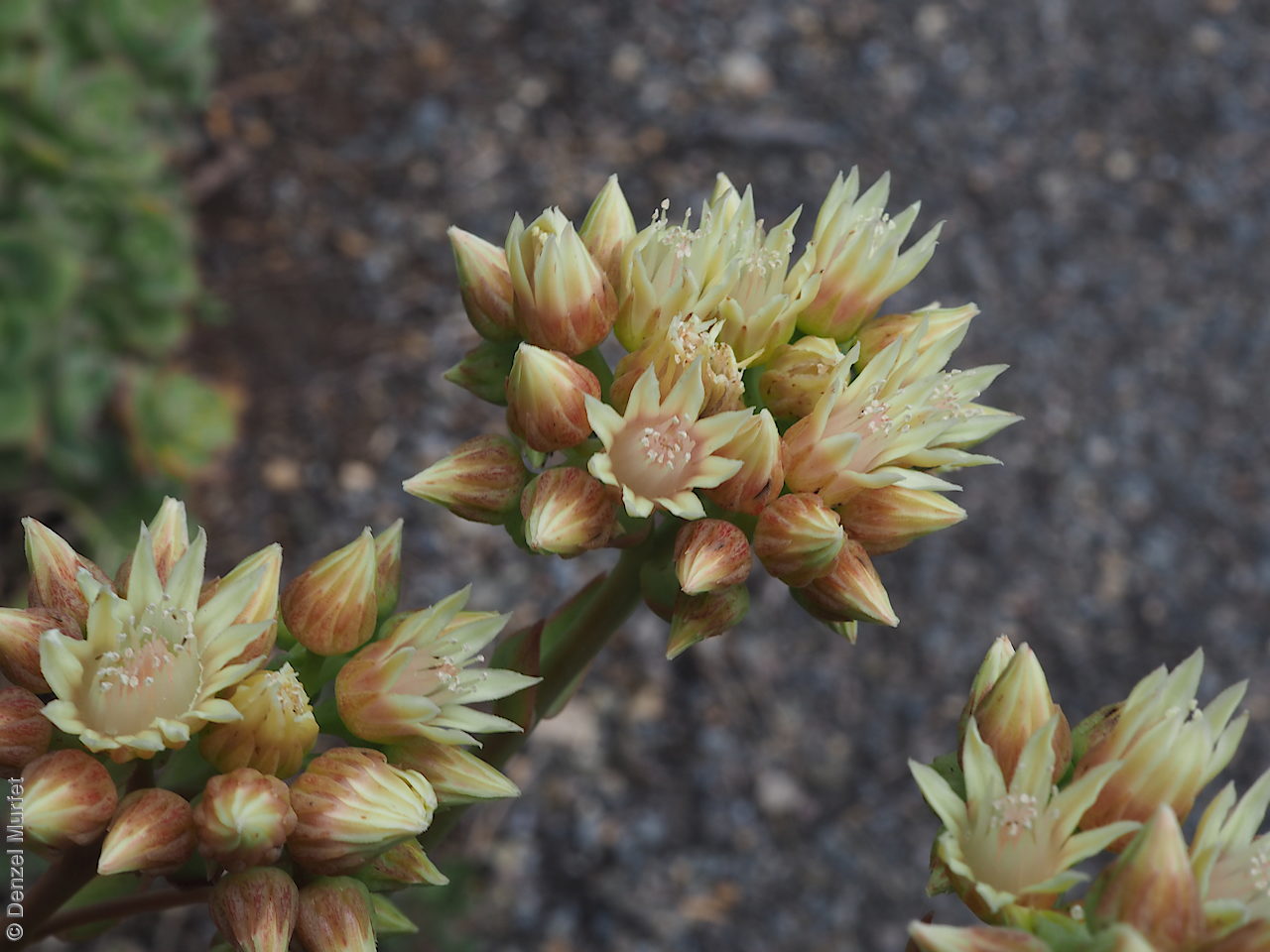
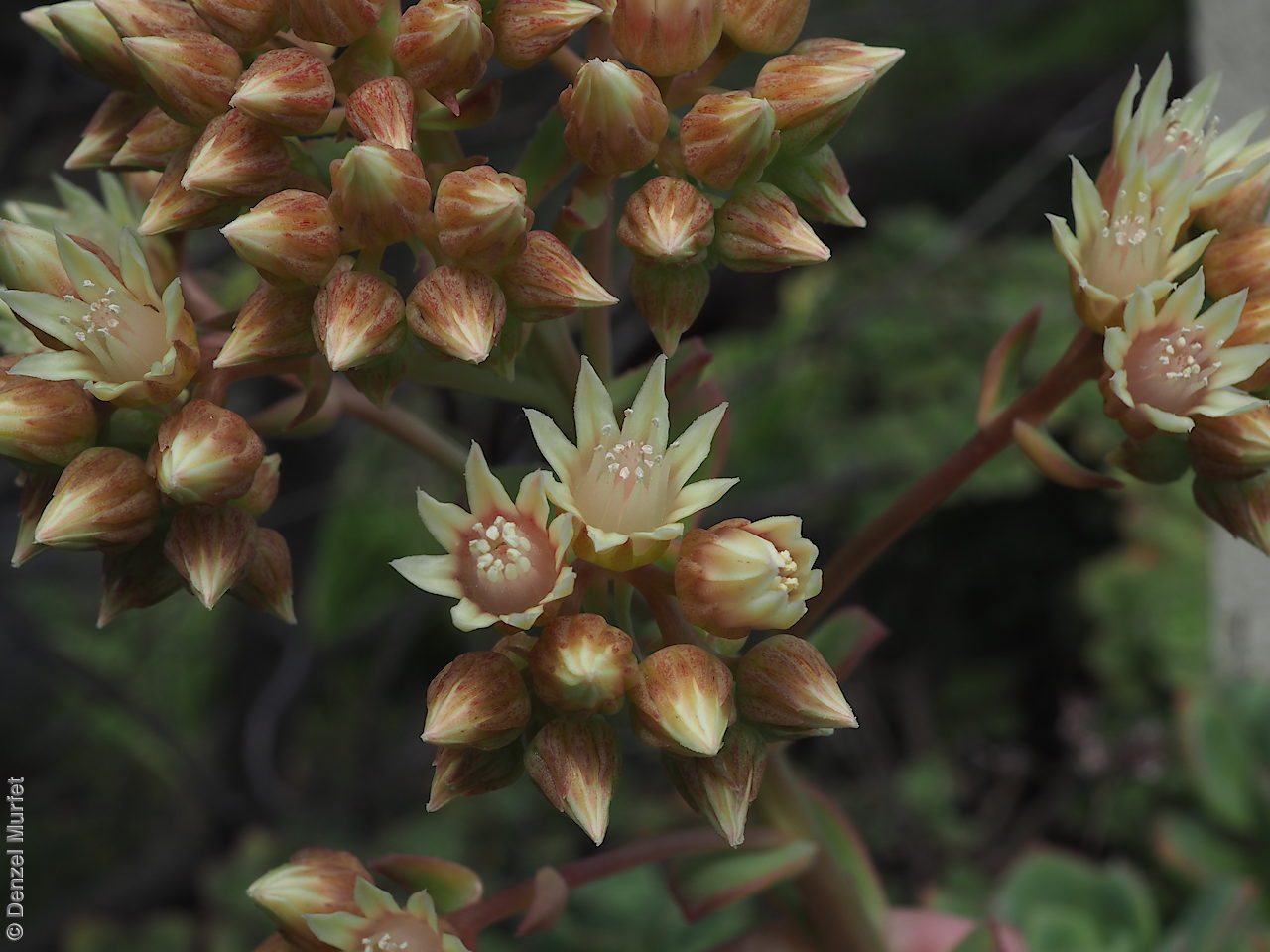
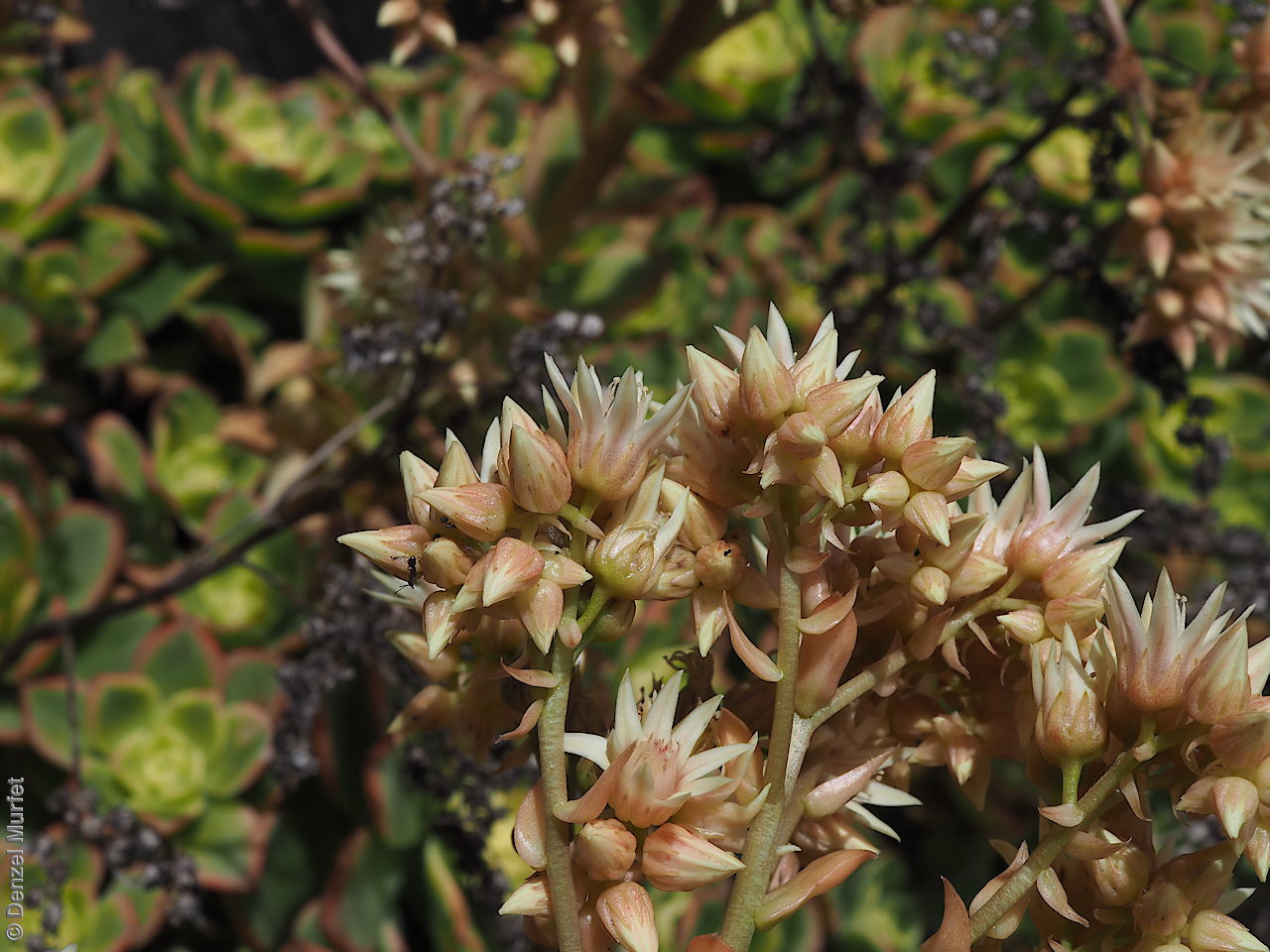
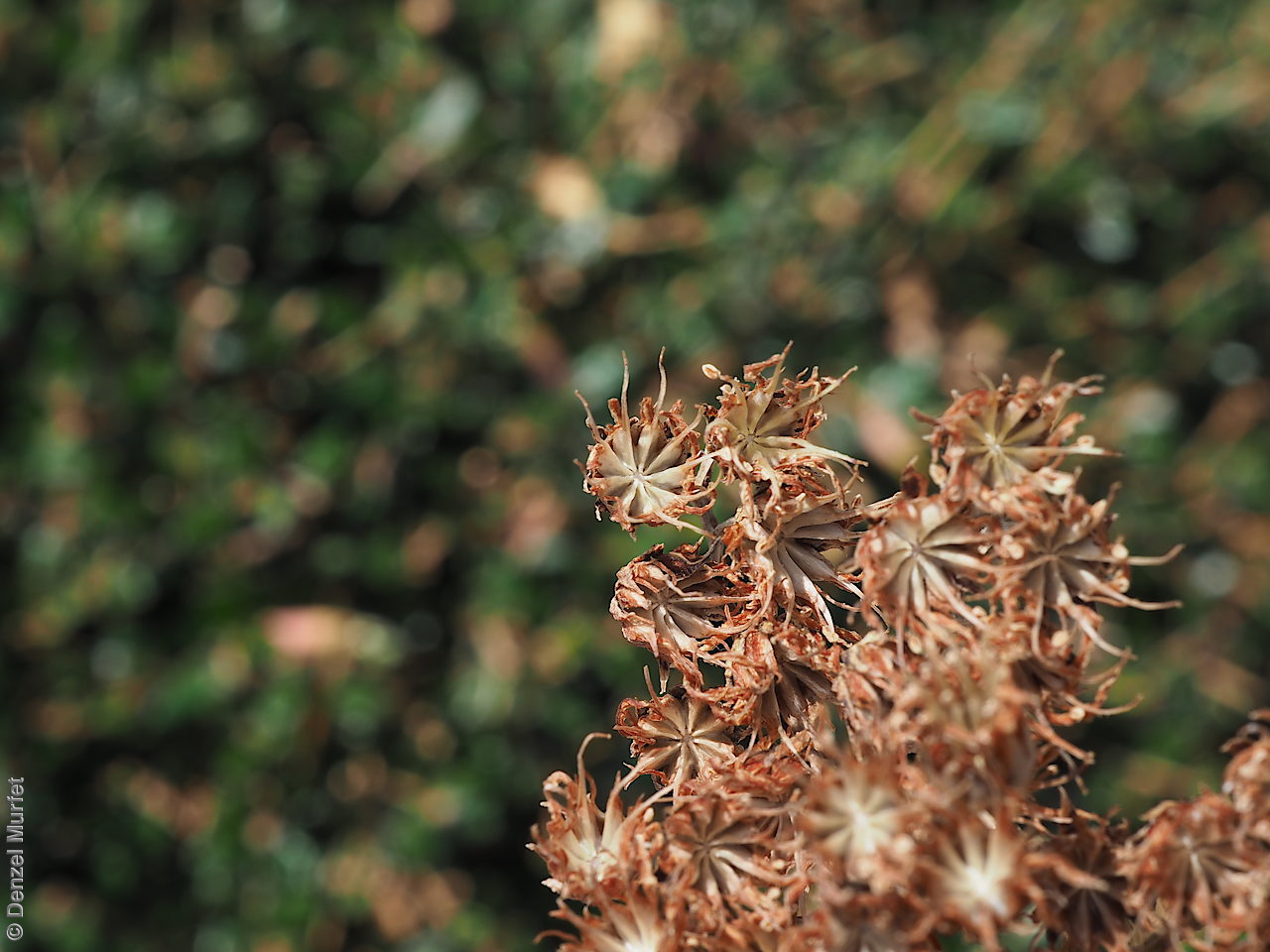
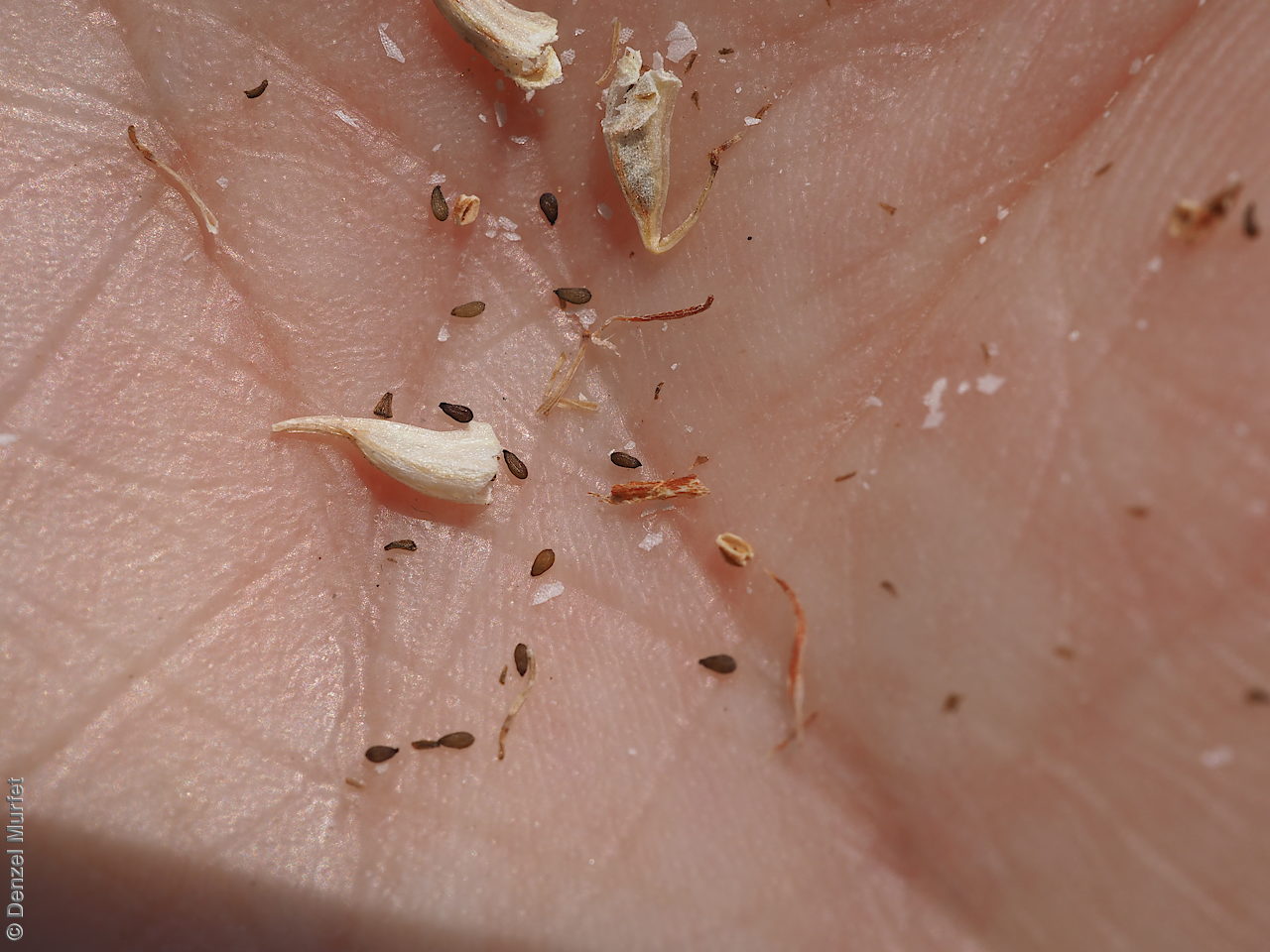


Prior names
Aeonium castello-paivae
Etymology
Aeonium is an ancient name used by Dioscorides for one a plant similar to Aeonium arboreum and is from the Greek 'aionos' meaning ageless or immortal. Haworthii named after Adrian Hardy Haworth (1767 - 1833), an English entomologist, botanist and carcinologist, who wrote several works on succelents.
Distribution and status
Native to Canary Islands and now naturalised in South Australia with scattered occurrences on the Eyre Peninsual, Kangaroo Island, Mount Lofty Ranges and the lower South-east. Also naturalised in Western Australia, Victoria, Tasmania and many other parts of the world. Introduced. Uncommon in South Australia. Uncommon in the other states.
Herbarium regions: Eyre Peninsula, Northern Lofty, Southern Lofty, Kangaroo Island, South Eastern, Green Adelaide
NRM regions: Adelaide and Mount Lofty Ranges, Eyre Peninsula, Kangaroo Island, Northern and Yorke
AVH map: SA distribution map (external link)
Plant description
Densely branching shrub to 60 cm high. Leaves are 5 cm long, obovate, fleshy, green, yellow-green or bluish, base wedge-shaped, top pointed, with barbs along the margin, arranged in rossettes to 11 cm diameter. Inflorescences a loose spike to 16 cm with cream-coloured to pink flowers. Flowering between October and December. Fruits are capsules with numerous segments containing a number of brown seeds.
Seed collection and propagation
Collect seeds between December to February. Pick by hand the mature spikes that are drying off and turning brown and the segments of the capsules care falling apart. Place the spikes in a tray to dry for a few weeks. Then rub the capsules gently by hand to dislodge the seeds. Use a sieve to separate the unwanted material. Store the seeds with a desiccant such as dried silica beads or dry rice, in an air tight container in a cool and dry place. Seeds are non-dormant, viable seed should germinate readily.